#mountain goats
Text
its less than a week til you've made it through this year if it kills you, so turn on the song and prepare to leave some snacks for the mountain goats on new years eve
#this year by the mountain goats#the mountain goats#tmg#this year tmg#tmg tumblr#the mountain goats tumblr#tmg posting#mountain goats#i am going to make it through this year if it kills me
8K notes
·
View notes
Text
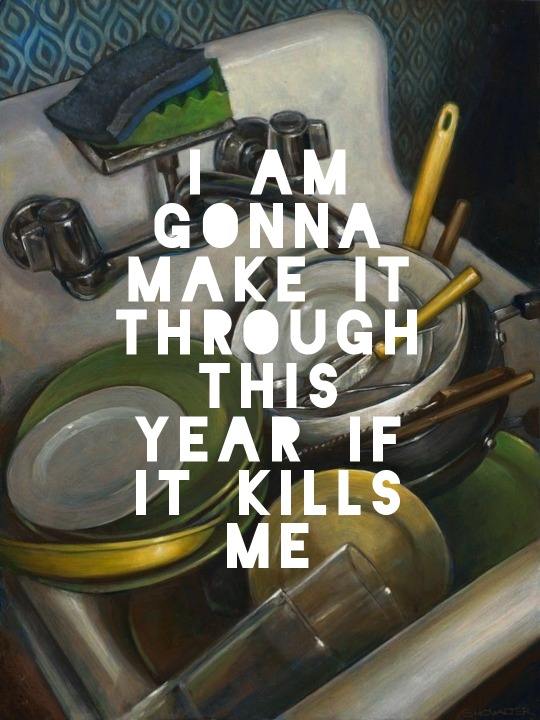
This Year by The Mountain Goats // Dishes in the Sink by David Showalter
#lyrics edit#art#lyrics#tmg#tmg tag#tmg art history#tmg posting#tmg lyrics#the mountain goats lyrics#mountain goats#the mountain goats#this year#dishes in the sink#David Showalter#collage#web weaving
36K notes
·
View notes
Text

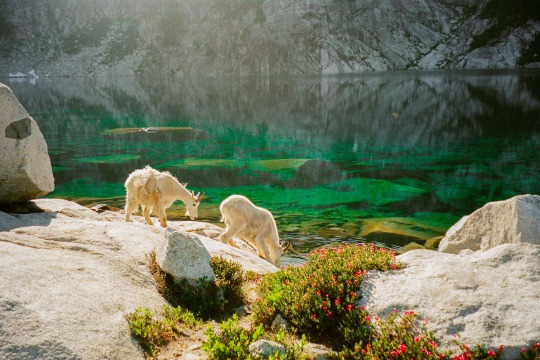
mountain goats, glacier national park
#glacier national park#montana#landscape photography#nature photography#film photography#35mm#filmisnotdead#mountains#lake#alpine lake#floral#flowers#summer#mountain goats#wildlife photography#original photographers#photographers on tumblr#lensblr#diary
853 notes
·
View notes
Text

12K notes
·
View notes
Text

Miyu: The Rock Climber
178 notes
·
View notes
Text
the mountain goats are so great.
I hear one of their songs at a sort of jam-session "live" show they did during covid, so it's just them playing a virtual concert of a bunch of their old songs. I like one of those songs, so I think I should go look up the original studio version, it's probably even better if I hear it clean and professionally recorded.
I go check it out. it's crustier. more live. recorded on a warped c90 tape in a disused warehouse full of rats and digitized with potato foil serving as wires.
beautiful. never change.
291 notes
·
View notes
Text
Lol that awkward moment when there is no sign of land
You are coming down with me
Hand in unlovable hand

#lmk monkey king#lmk macaque#lmk sun wukong#lmk wukong#lmk fanart#lego monkey kid fanart#lego monkey kid#lego Monkie kid#lego monkey king#sun wukong#monkey king#liu er mihou#six eared macaque#lmk six eared macaque#shadow peaches#shadowpeach#hand in unlovable hand#no children#mountain goats#fanart#angst
2K notes
·
View notes
Text

#tmg#the mountain goats#john darnielle#we shall all be healed#wsabh#the coroner's gambit#transcendental youth#goths#goths 2017#mountain goats
282 notes
·
View notes
Text
I hope we boop
I hope we both boop
Paw in unloveable paw
#boop#boop o meter#april fool's day#april fools 2024#tumblr#mountain goats#no children#things kyri does#hall of fame
185 notes
·
View notes
Text
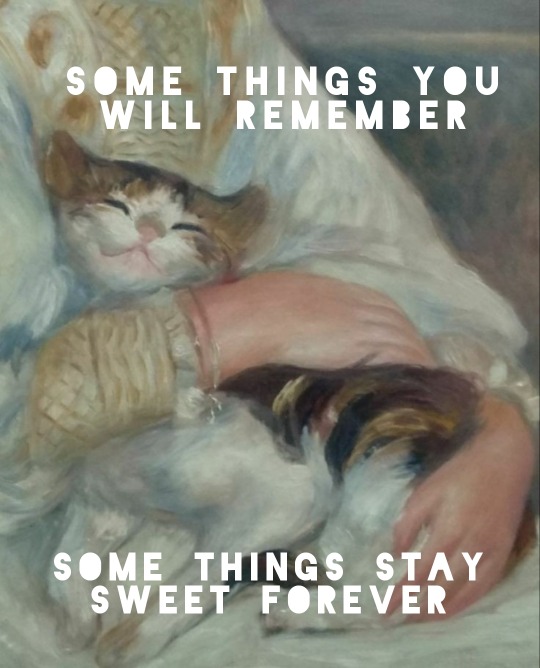
Animal Mask by The Mountain Goats // Julie Manet with the Cat by Pierre-Auguste Renoir
#feeling tender today#lyrics edit#art#renoir#tmg#tmg art history#tmg lyrics#the mountain goats lyrics#the mountain goats#the mountain goats art history#mountain goats#animal mask#beat the champ
4K notes
·
View notes
Text
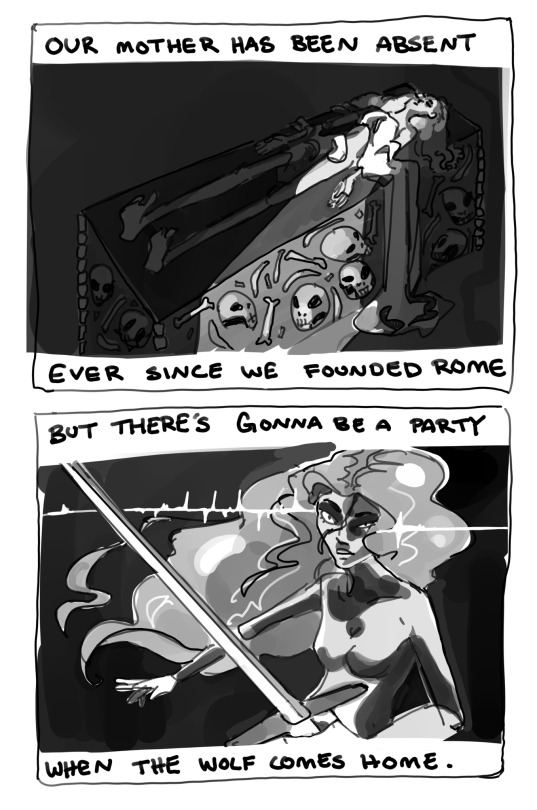
honey, im home~
🎵the mountain goats-up the wolves🎵
#tlt#ntnspoilers#alecto the ninth#the locked tomb#ntn#nona the ninth#tlt fanart#mountain goats#i love this song for non tlt reasons but the bone nun brain rot is real#digital art#artists on tumblr#ntn spoilers
2K notes
·
View notes
Text

Mountain goats | Albert Bierstadt (1830-1902)
414 notes
·
View notes
Text
if anybody comes to see me
tell them they just missed me by a minute
if anybody comes into our room while we're asleep
I hope they incinerate everybody in it
#ace txt#palmcorder yajna#i got distracted from finally listening to jenny by this song im so sorry im just always weak for her#mountain goats#tmg
150 notes
·
View notes
Text
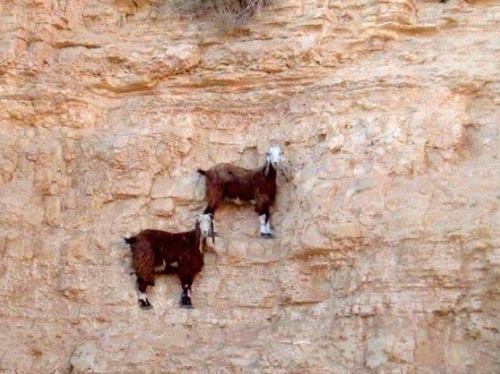
How on earth did these goats get there?
*****
In reality the goats are lying on their sides on rocky ground, looking up at a crane-mounted camera. The photograph was taken some years ago, part of a series reconstructing Central European folk customs and traditions which have fallen from favour or are now prohibited.
This old-fashioned rural blood-sport was originally practiced in parts of Anatolia, Turkey, where the game was called keçi fırlatmak, and also in the Carpathian Alps of Romania, possibly imported during the Ottoman conquest. The name there was aruncarea caprei.
*****
The goats would have been coated in a strong adhesive traditionally distilled from pine resin.(represented pictorially here by darker patches of dye on the flanks) and were then thrown upwards towards a cliff or rock-face with makeshift catapults, often a primitive form of counterweight trebuchet assembled from wooden beams and weighted with rocks.
The game ended when the glue dried and lost adhesion, and the goats fell to their deaths. They were then cooked and eaten, their meat being valued like that of Spanish fighting bulls.
The meat of the last goat to fall (başarılı keçi or cea mai durabilă capră) was prized as a special delicacy and selected cuts from the legs of this particular “winner” goat were often smoked and dried into a kind of jerky.
*****
In his “Grandes Histoires Vraies d'un Voyageur le 1er Avril” (pub. Mensonges & Faussetés, Paris, 1871) French folk-historian, anthropologist and retired cavalry general Gilles-Etienne Gérârd wrote about witnessing a festival near Sighișoara, Transylvania, in 1868.
There he claims to have seen catapults improvised from jeunes arbres, très élastiques et souples - “very springy and flexible young trees” - which were drawn back with ropes and then released.
Bets were placed before the throw, and marks given afterwards, according to what way up the goats adhered and for how long. The reconstruction, with both goats upright, facing outward and still in place, shows what would have been a potential high score.
The practice has been officially banned in both countries since the late 1940s, but supposedly still occurred in more isolated areas up to the end of the 20th century. Wooden beams from which the catapults were constructed could easily be disguised as barn-rafters etc., and of course flexible trees were, and are, just trees.
*****
Gérârd’s book incorrectly calls the goat jerky “pastrami”, to which he gives the meaning "meat of preservation".
While pastrami may be a printing error for the Turkish word bastırma or the Romanian pastramă, both meaning “preserved meat”, at least one reviewer claims that Gérârd misunderstood his guide-translator, who would have been working from rural dialect to formal Romanian to scholarly French.
Since this jerky was considered a good-luck food for shepherds, mountaineers, steeplejacks and others whose work involved a risk of falling, Gérârd's assumption seems a reasonable one.
However, several critical comments on that review have dismissed its conclusion, claiming "no translator could be so clumsy", but in its defence, other comments point out confusion between slang usage in the same language.
One cites American and British English, noting that even before differences in spelling (tire / tyre, kerb / curb etc.) "guns" can mean biceps or firearms, "flat" can mean a deflated wheel or a place to live, "ass" can mean buttocks or donkey and adds, with undisguised relish, some of the more embarrassing examples.
This comment concludes that since the errors "usually make sense in context", Gérârd's misapprehension is entitled to the same respect.
*****
The good-luck aspect of the meat apparently extended to work which involved "falling safely", since its last known use was believed to be in ration packs issued to the 1. Hava İndirme Tugayı (1st Airborne Brigade) of the Turkish Army, immediately before the invasion of Cyprus in July 1974.
Nothing more recent has been officially recorded, because the presence of cameras near military bases or possible - and of course illegal - contests is strongly (sometimes forcefully) discouraged, and the sport’s very existence is increasingly dismissed as an urban or more correctly rural legend.
The official line taken by both Anatolian and Carpathian authorities is that it was only ever a joke played on tourists, similar to the Australian “Drop-bear”, the Scottish “Wild Haggis” and the North American “Jackalope”.
They dismiss the evidence of Gérârd’s personal observation as “a wild fable to encourage sales of his book”, “a city-dweller’s misinterpretation of country practices”, or even “the deliberate deception of a gullible foreigner by humorous peasants”.
And as for those paratroop ration packs, Turkish involvement in Cyprus is still such a delicate subject that the standard response remains “no comment”.
79 notes
·
View notes

